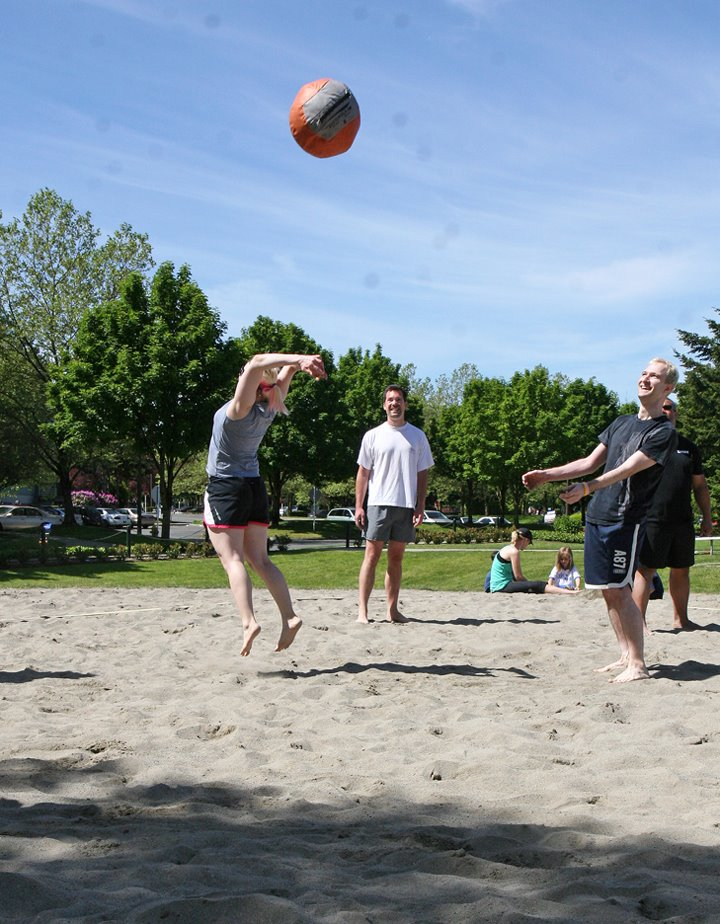 At 459 pages and 2.4 pounds, The Miracle of Flexibility by Miranda Esmonde-White is worth more than its weight in gold. But that’s just my opinion. Check it out and decide for yourself.
At 459 pages and 2.4 pounds, The Miracle of Flexibility by Miranda Esmonde-White is worth more than its weight in gold. But that’s just my opinion. Check it out and decide for yourself.
The book’s full title is The Miracle of Flexibility: a Head-to-Toe program to Increase Strength, Improve Mobility, and Become Pain Free. It is an illustrated, hardcover guide to the moves that comprise Essentrics, the strength and flexibility routine that former ballerina Esmonde-White developed to help people of all ages maintain mobility and prevent and heal injuries. If you have never heard of Essentrics, I would encourage you to check out additional materials on this topic available in Rivershare. Esmonde-White will tell you first-hand about how she developed the program after suffering a career-ending injury as a ballerina with National Ballet of Canada, and about how strong and flexible she is now.
The movements may seem simple, but don’t be fooled. They are as effective as they are efficient. This guide describes the how and why of each, with mini lessons about human anatomy along the way. I chuckled as I read one Amazon reviewer’s comment that nerds will like this book. It is very informative. If you are new to Essentrics, however, I would encourage you to watch one of the routines either via one of the library’s DVDs, on the Essentrics subscription streaming service online (which offers a free two week trial), or currently airing at 6am weekdays on IPTV. Watching them will give you a better idea of how to carry out the moves illustrated in the book. Once you get the hang of them, you can commit some to memory and do them throughout the day, from nearly anywhere. It can be life-changing and has been for several people I know personally who once suffered from ailments such as joint pain and plantar fasciitis.
Esmonde-White’s other books which you can check out from the library include Forever Painless: End Chronic Pain and Reclaim Your Life in 30 Minutes a Day, available on audiobook through RiverShare and Aging Backwards: Fast Track : 6 Ways in 30 Days to Look and Feel Younger on audiobook. There is also the 278-page Aging Backwards: Reverse the Aging Process and Look 10 Years Younger in 30 Minutes a Day.
I’d love to read your comments! Please share if you’ve checked any of these materials out and what you liked or did not like about them. Even if you didn’t check any of them out, I’d be curious to know what kept you from trying.









 Pilates Practice Companion
Pilates Practice Companion  Full Body Flexibilty
Full Body Flexibilty 

